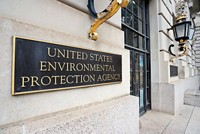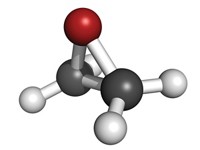Advertisement
Grab your lab coat. Let's get started
Welcome!
Welcome!
Create an account below to get 6 C&EN articles per month, receive newsletters and more - all free.
It seems this is your first time logging in online. Please enter the following information to continue.
As an ACS member you automatically get access to this site. All we need is few more details to create your reading experience.
Not you? Sign in with a different account.
Not you? Sign in with a different account.
ERROR 1
ERROR 1
ERROR 2
ERROR 2
ERROR 2
ERROR 2
ERROR 2
Password and Confirm password must match.
If you have an ACS member number, please enter it here so we can link this account to your membership. (optional)
ERROR 2
ACS values your privacy. By submitting your information, you are gaining access to C&EN and subscribing to our weekly newsletter. We use the information you provide to make your reading experience better, and we will never sell your data to third party members.
Environment
Government & Policy Roundup
November 7, 2005
| A version of this story appeared in
Volume 83, Issue 45
Environmental bioinformatics centers will be established by EPA at the University of North Carolina, Chapel Hill, and the University of Medicine & Dentistry of New Jersey, Piscataway. The two schools won $9 million in grants, combined, to merge computer science, biology, and toxicology to predict hazardous outcomes from environmental exposure to chemicals.
Toxicity data for 574 substances manufactured in amounts greater than 1 million lb annually will be made public by the American Chemistry Council, the Soap & Detergent Association, and the Synthetic Organic Chemical Manufacturers Association. The industry effort builds on a program, launched in 1998 by EPA, ACC, and Environmental Defense, that is providing data on 2,222 high-production-volume chemicals.
The American Society of Mechanical Engineers is developing a standard to measure chemical plant risks. The engineers' effort parallels an evolving chemical industry-Department of Homeland Security endeavor on how to assess risks at chemical facilities. Either standard could be relied on to determine which facilities merit the strictest controls should Congress pass chemical plant security legislation.





Join the conversation
Contact the reporter
Submit a Letter to the Editor for publication
Engage with us on Twitter